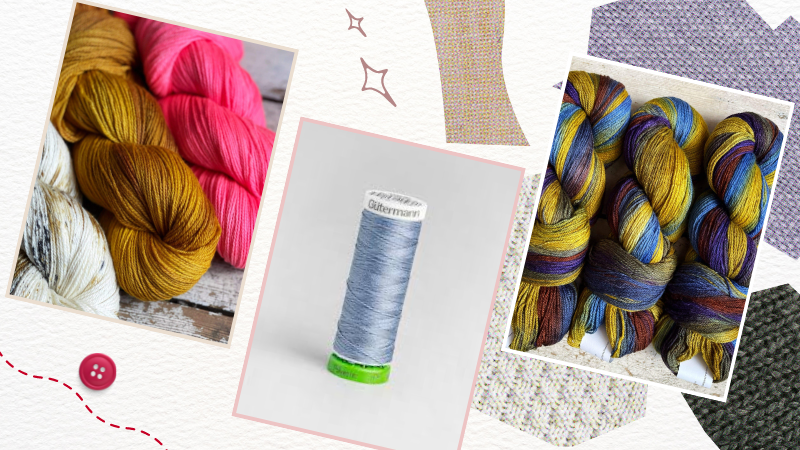Introduction
In the realm of textiles, every fabric tells a story, and the yarn used to create it weaves the narrative. Two distinct yarns that have captured the attention of designers and enthusiasts alike are Silk and Bemberg. While both exude a sense of luxury and finesse, they have unique characteristics that set them apart. In this article, we delve into the fascinating world of textiles to compare Silk and Bemberg yarns, exploring their differences, cost comparison, and production processes.Silk Yarn: The Epitome of Elegance
Silk, often referred to as the "Queen of Fibers," has been synonymous with luxury for centuries. Derived from the silkworm's cocoon, the production of silk is a meticulous process that requires skilled craftsmanship. The silkworm, scientifically known as Bombyx mori, produces a protein-rich liquid that hardens into a cocoon. These cocoons are carefully harvested, and the delicate fibers are unraveled to create silk threads. Known for its natural sheen, breathability, and smooth texture, silk yarn creates fabrics that drape gracefully and feel luxurious against the skin.

Bemberg Yarn: A Modern Marvel
On the other hand, Bemberg yarn is a relatively modern creation. Also known as "Cuprammonium rayon," Bemberg yarn is derived from the cellulose of cotton linter, a byproduct of the cotton industry. The production process involves dissolving the cellulose in a copper oxide solution to create a viscous liquid, which is then extruded into fine filaments that solidify into Bemberg yarn. Bemberg offers a similar luxurious feel to silk, with a smooth and soft texture. It is often preferred for its breathability, moisture-wicking properties, and its ability to take on vibrant colors.
Differences in Characteristics
While both Silk and Bemberg yarns offer a luxurious touch, they have distinct characteristics that cater to different preferences and applications:
1. Texture and Feel: Silk has a natural sheen and a soft, smooth texture. Bemberg, too, is soft and smooth, but it lacks the inherent sheen of silk.
2. Breathability and Comfort: Bemberg is known for its excellent moisture absorption and release properties, making it highly breathable and comfortable, especially in warmer climates. Silk, while breathable, may not perform as well in this aspect.
3. Cost Comparison: Silk is traditionally considered more expensive due to its intricate production process and its association with luxury. Bemberg, being a modern derivative, tends to be more affordable while still offering a luxurious touch.
Production Process and Cost Comparison
The production process for silk involves raising silkworms, harvesting their cocoons, and carefully unraveling the fibers, which is labor-intensive and time-consuming. This labor and time investment contributes to the higher cost of silk.
Bemberg, on the other hand, benefits from modern manufacturing techniques. The process of dissolving cellulose and extruding filaments is more streamlined, allowing for larger-scale production at a lower cost.
Conclusion
In the world of textiles, both Silk and Bemberg yarns bring their unique charm to the table. Silk, with its rich history and unmatched elegance, continues to be a symbol of luxury. On the other hand, Bemberg offers a modern alternative with its comfort-focused attributes and cost-effectiveness.Whether you're looking for a fabric that drapes like a dream or one that keeps you comfortable throughout the day, both Silk and Bemberg have something exceptional to offer. The choice ultimately depends on your preferences, budget, and the specific application you have in mind. Whichever path you choose, you're sure to experience the beauty and sophistication that these exquisite yarns bring to the world of textiles.
*For a curated collection of Silk and Bemberg textiles that cater to diverse tastes and needs, visit Pandi.pk . Explore the world of luxury and comfort, woven into every fiber.*













